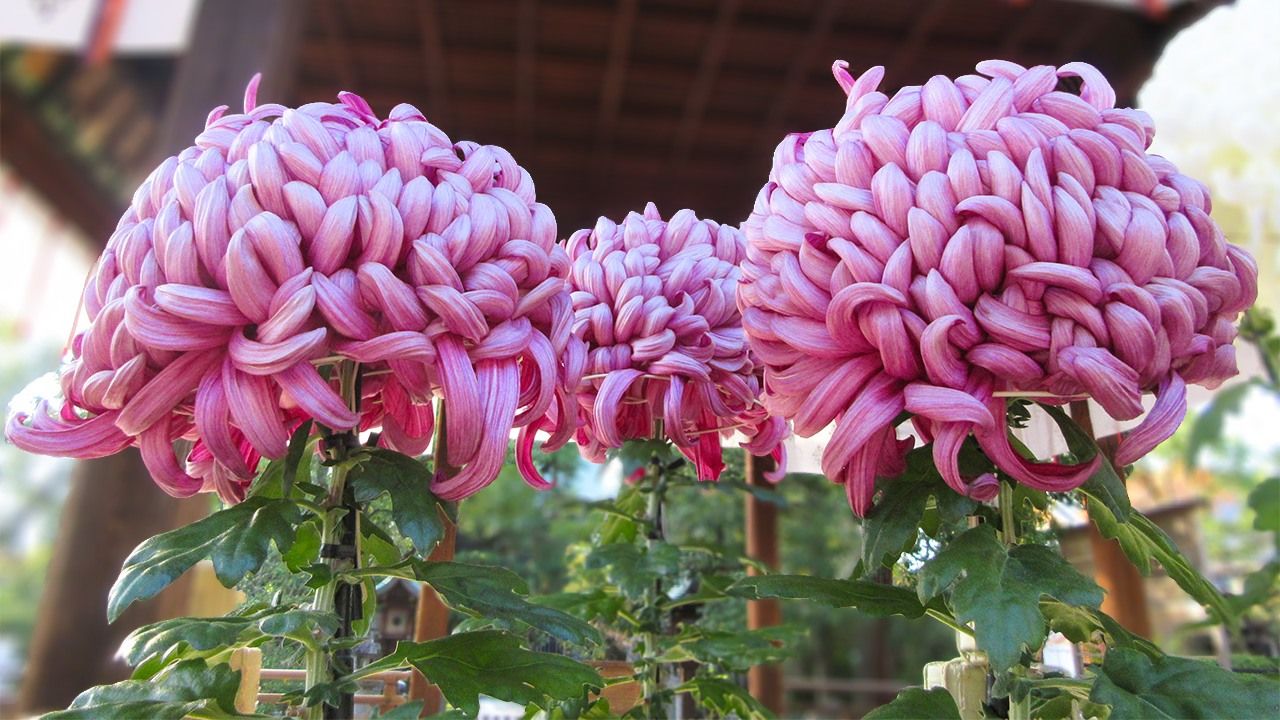
A Journey Through Japanese Haiku
Chrysanthemums and Buddhas
Culture Environment Lifestyle- English
- 日本語
- 简体字
- 繁體字
- Français
- Español
- العربية
- Русский
菊の香やならには古き仏達 芭蕉
Kiku no ka ya / nara ni wa furuki / hotoketachi
Scent of chrysanthemums—
in Nara, the
old Buddhas(Poem by Bashō, written in 1694.)
During his last journey, Bashō visited Nara on the ninth day of the ninth month (equivalent to October 23), which was the time of the Chrysanthemum Festival (chōyō no sekku). He wrote this poem to mark the occasion. Contemporary Japanese readers of the haiku will tend to imagine the many statues of Buddha in the city’s temples and museums, influenced by school trips and photographs they have seen. However, in Bashō’s time, it was not so easy to view these statues at temples, and naturally there were no photographs.
Instead, the earliest readers would have associated the phrase hotoketachi (Buddhas) with a waka by Saichō, the ancient founder of Tendai Buddhism: Anokutara / sanmyaku sanbodai no / hotoketachi / waga tatsu soma ni / myōga arasetamae (You Buddhas / of supreme, perfect / enlightenment, / bestow your divine protection on / this mountain wood I enter). The Buddhas are described using a phrase taken from Sanskrit. Saichō prayed for their protection when building the main hall of the temple Hieizan Enryakuji near Kyoto.
The Buddhas transcend this world, but it was believed that fragrant aromas, beautiful music, and falling petals were signs of their presence. When he smelled the chrysanthemums at the time of the festival, Bashō must have imagined that Nara, with its many ancient temples, was protected invisibly by the “old Buddhas.”
(Originally published in Japanese. Banner photo © Pixta.)

